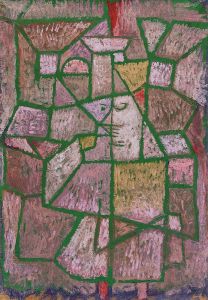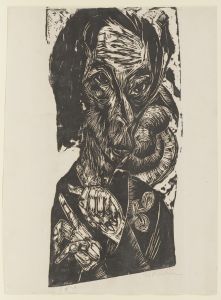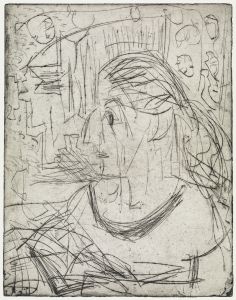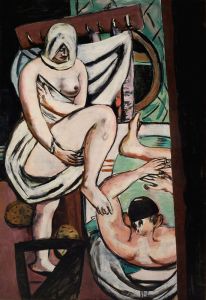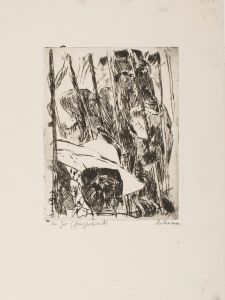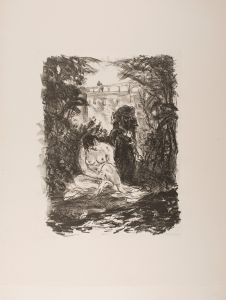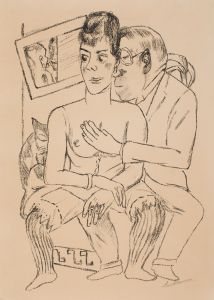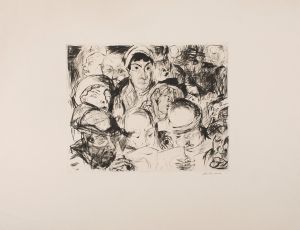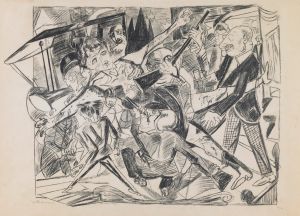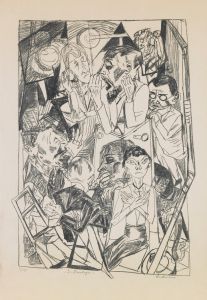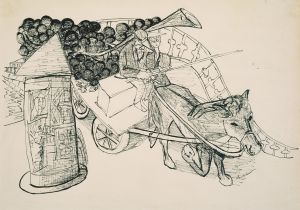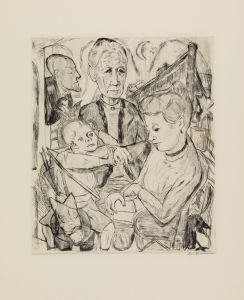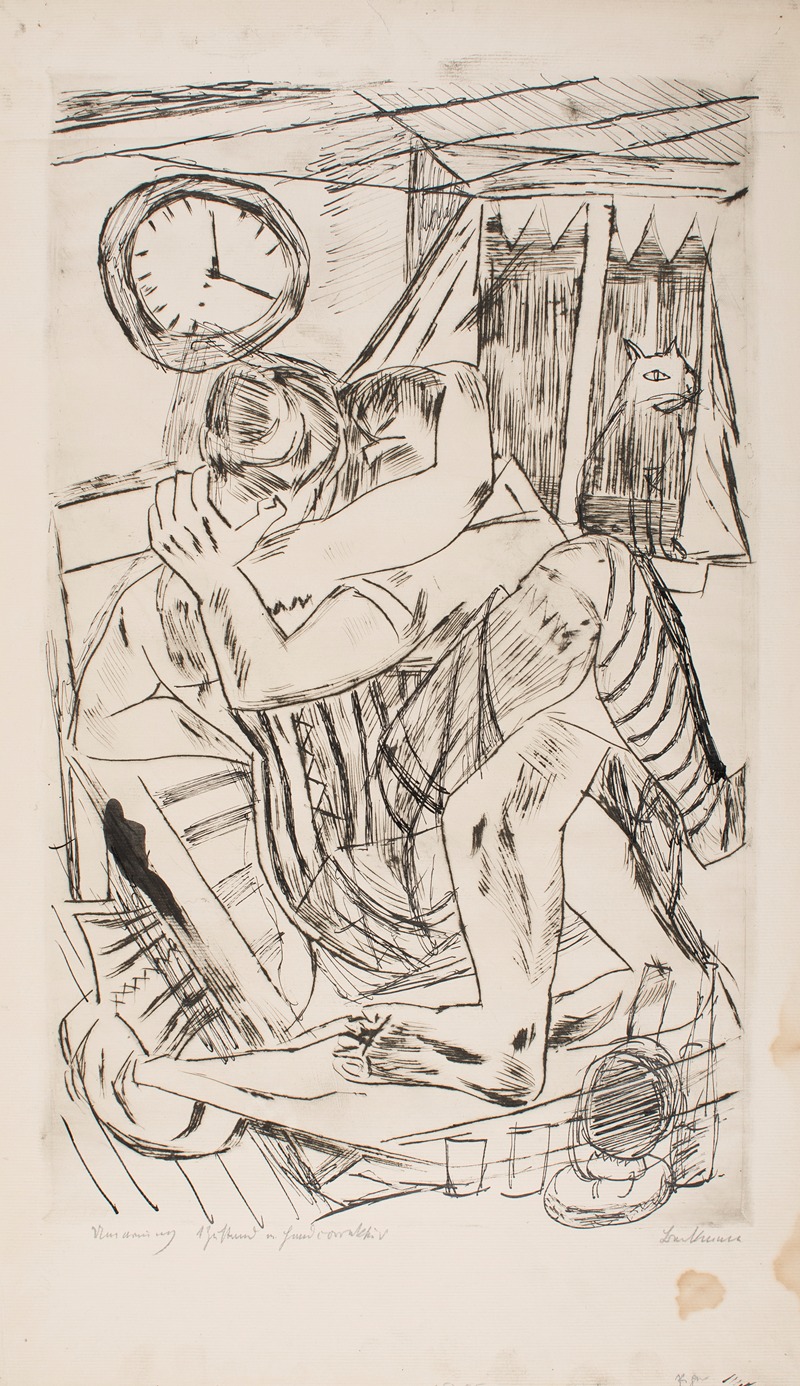
Embrace
A hand-painted replica of Max Beckmann’s masterpiece Embrace, meticulously crafted by professional artists to capture the true essence of the original. Each piece is created with museum-quality canvas and rare mineral pigments, carefully painted by experienced artists with delicate brushstrokes and rich, layered colors to perfectly recreate the texture of the original artwork. Unlike machine-printed reproductions, this hand-painted version brings the painting to life, infused with the artist’s emotions and skill in every stroke. Whether for personal collection or home decoration, it instantly elevates the artistic atmosphere of any space.
Max Beckmann was a prominent German painter and printmaker, known for his unique style that combined elements of Expressionism, New Objectivity, and a personal form of realism. One of his notable works is "Embrace," a painting that reflects his complex approach to human emotions and relationships. While specific details about the painting "Embrace" are limited, Beckmann's broader body of work provides context for understanding his artistic intentions and thematic concerns.
Max Beckmann was born in Leipzig, Germany, in 1884 and became a significant figure in the art world during the early 20th century. His career spanned tumultuous periods in European history, including both World Wars, which deeply influenced his work. Beckmann's art often explored themes of existential angst, the human condition, and the complexities of modern life. He was known for his bold use of color, dramatic compositions, and a distinctive style that often depicted figures in a somewhat distorted and exaggerated manner.
"Embrace" likely fits within Beckmann's exploration of human relationships and emotions. His works frequently depicted intimate scenes, capturing the tension and connection between individuals. Beckmann's paintings often included symbolic elements, and he was adept at conveying psychological depth through his portrayal of figures. His use of space and form was deliberate, creating a sense of immediacy and engagement with the viewer.
Throughout his career, Beckmann's art was marked by a departure from the traditional techniques of his predecessors. He was influenced by the Expressionist movement, which emphasized the expression of emotional experience rather than physical reality. However, Beckmann developed his own style that was more structured and less abstract than typical Expressionism, often categorized under the New Objectivity movement. This movement sought to present a more realistic and socially engaged perspective, reacting against the emotional intensity of Expressionism.
Beckmann's experiences during World War I and the rise of the Nazi regime in Germany had a profound impact on his work. He served as a medical orderly during the war, which exposed him to the harsh realities of human suffering and mortality. These experiences are reflected in the somber and introspective nature of many of his paintings. During the Nazi regime, Beckmann's art was labeled as "degenerate," and he was dismissed from his teaching position at the Städelschule in Frankfurt. This led him to leave Germany in 1937, eventually settling in the United States in 1947.
In the United States, Beckmann continued to paint and exhibit his work, gaining recognition and influencing a new generation of artists. His paintings from this period often reflect a synthesis of his earlier themes with new influences from his experiences in America. Beckmann's ability to convey complex emotional and psychological states through his art remained a constant throughout his career.
While specific details about "Embrace" are scarce, understanding Beckmann's broader artistic context provides insight into the potential themes and stylistic elements present in the painting. His work remains significant for its exploration of the human psyche and its reflection of the social and political upheavals of his time. Max Beckmann passed away in 1950, leaving behind a legacy of art that continues to be studied and appreciated for its depth and emotional resonance.





